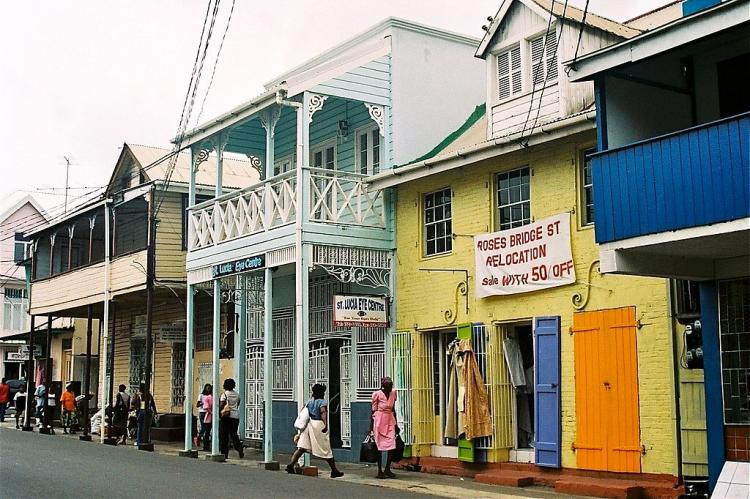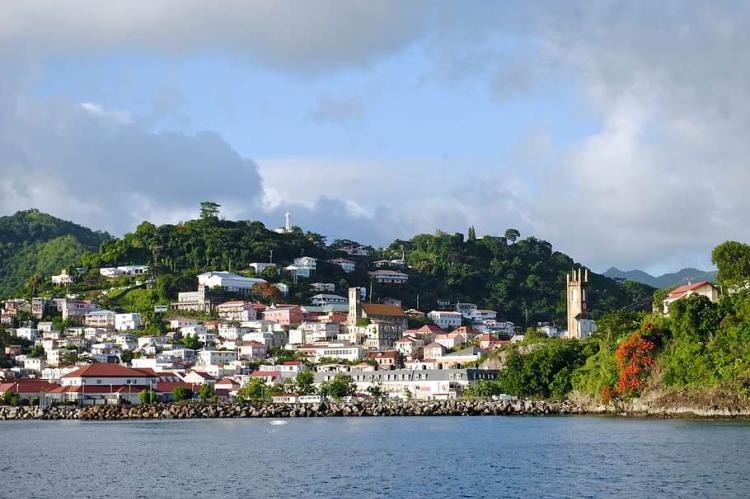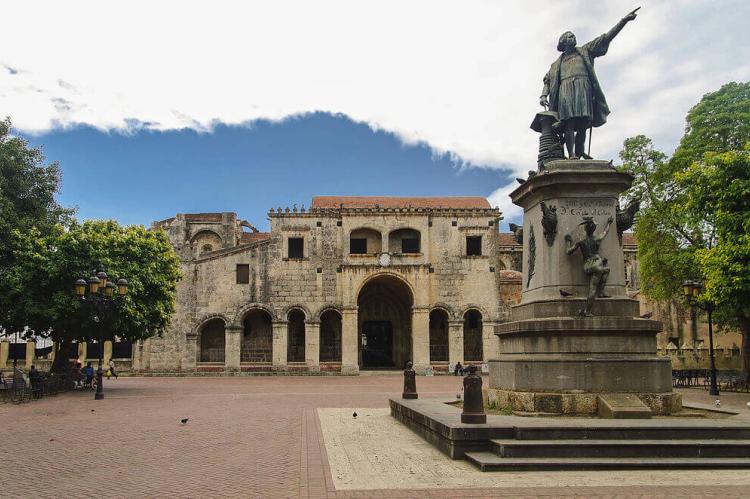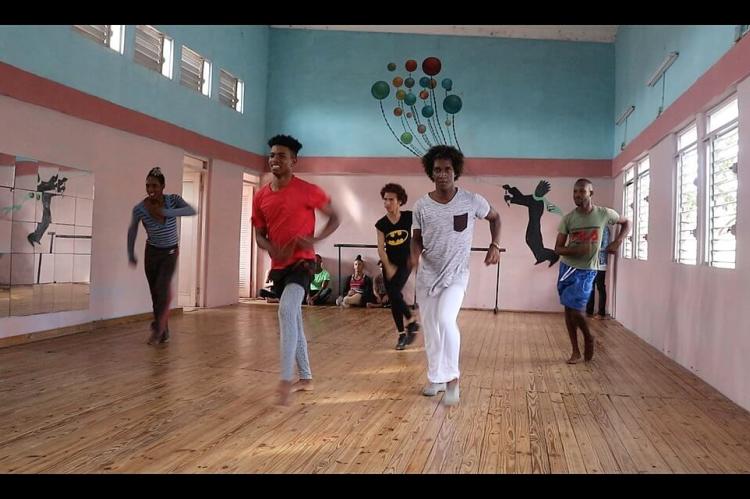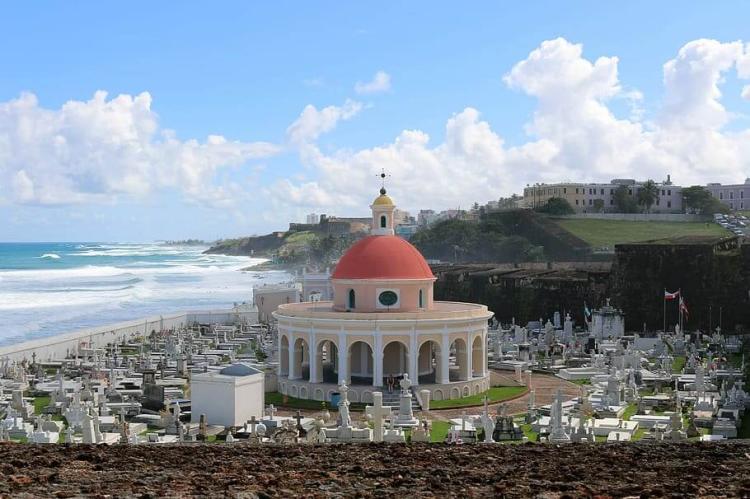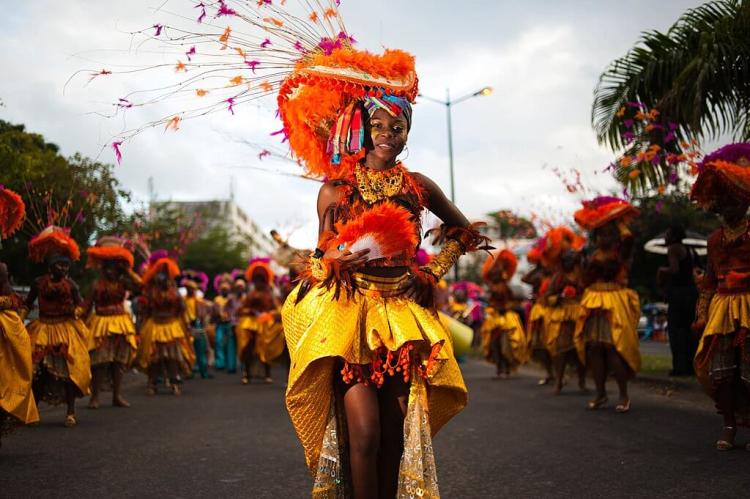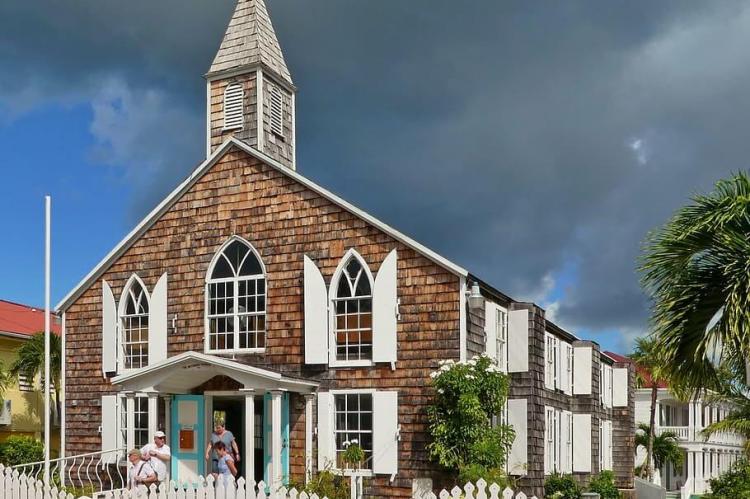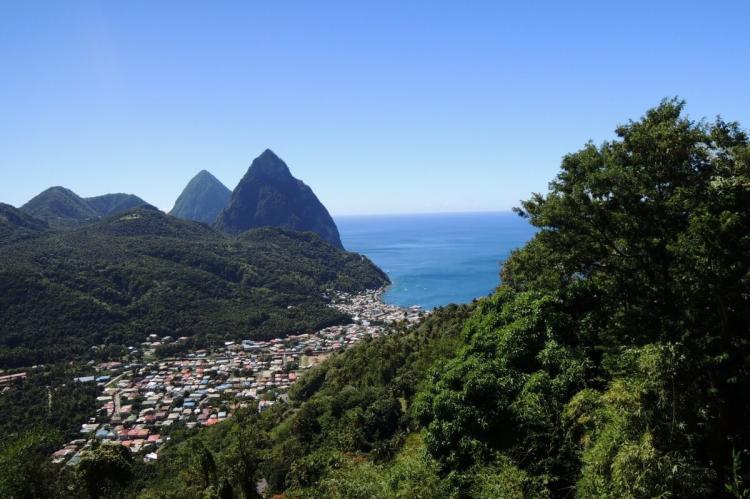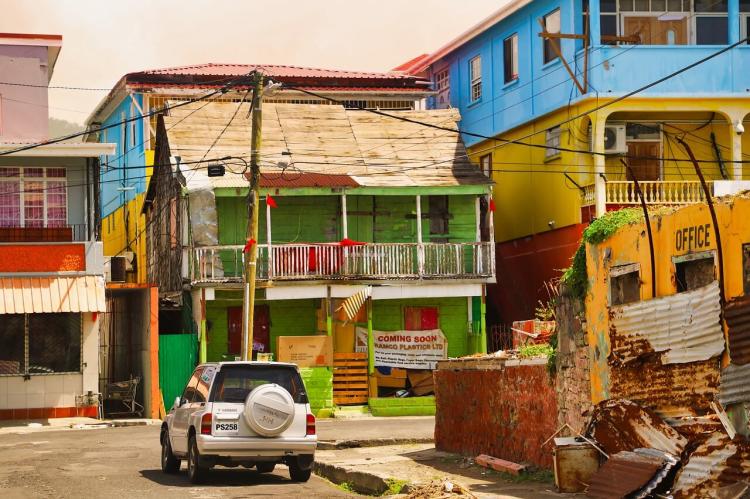The Caribbean: Cultural Landscape
The Caribbean region has a rich and diverse cultural landscape shaped by indigenous, African, European, and Asian influences. Each country and territory has unique cultural expressions. The cultural landscape is highly diverse and complex, varying across countries, islands, and communities.
The Cultural Landscape of the Caribbean
The Caribbean region is renowned for its rich and diverse cultural landscape, shaped by Indigenous, African, European, and Asian influences. This vibrant cultural mosaic encompasses numerous countries and territories, each with unique cultural expressions and historical narratives. The cultural landscape of the Caribbean is incredibly diverse and nuanced, with variations across countries, islands, and even within local communities, reflecting a complex interplay of historical events, geographical factors, and contemporary influences.
Indigenous Heritage
Ancient Roots and Lasting Legacies
The Caribbean was originally home to various Indigenous peoples, including the Taíno, Arawak, and Carib tribes. These groups laid the foundational cultural frameworks that continue to influence the region today. Their legacies are evident in traditional crafts, artwork, and linguistic elements that have endured over time. Indigenous practices such as pottery, weaving, and agriculture form part of the cultural bedrock of the Caribbean.
African Influence
The Legacy of the Transatlantic Slave Trade
The Caribbean's history is deeply intertwined with the transatlantic slave trade, which forcibly brought millions of Africans to the region—this tragic period left an indelible mark on Caribbean culture. African traditions have significantly influenced Caribbean music, dance, religion, cuisine, and storytelling. Countries like Haiti, Jamaica, and Trinidad and Tobago showcase the profound impact of African heritage on their cultural identities, with vibrant festivals, spiritual practices, and culinary traditions that are integral to the Caribbean way of life.
European Colonial Legacy
Imprints of Colonization
European powers, including the Spanish, British, French, and Dutch, colonized different parts of the Caribbean, leaving distinct imprints on the region's cultural fabric. Architectural styles in many Caribbean towns and cities display European colonial aesthetics, blending with local traditions to create a unique cultural environment. The influence of European colonization is also evident in the region's legal systems, educational frameworks, and religious practices.
Language and Literature
Linguistic Diversity and Literary Excellence
The Caribbean is a linguistically diverse region, with many languages spoken across its islands. While English dominates many countries, Spanish, French, Dutch, and local Creole languages are also widely spoken. Caribbean literature is renowned for its unique perspectives, exploring themes of identity, history, and social issues. Notable authors such as Derek Walcott, Jamaica Kincaid, Gabriel García Márquez, and Édouard Glissant have gained international acclaim, capturing the complexities and beauty of Caribbean life.
Music and Dance
Rhythms and Movements of the Caribbean
The Caribbean is celebrated for its vibrant musical traditions, influencing global music styles. Genres such as reggae from Jamaica, calypso and soca from Trinidad and Tobago, salsa from Cuba, merengue from the Dominican Republic, and zouk from the French Caribbean are just a few examples of the region's rich musical heritage. Dance forms like salsa, reggae, dancehall, and the Afro-Caribbean spiritual dance known as vodou/voodoo play integral roles in cultural expression, providing a dynamic and engaging way to connect with Caribbean culture.
Carnival
The Ultimate Cultural Celebration
Carnival highlights Caribbean cultural celebrations, showcasing colorful costumes, parades, music, dance, and revelry. Each island's unique spin on Carnival reflects local traditions and cultural influences. Trinidad and Tobago's Carnival is famous for its elaborate costumes and energetic festivities, drawing visitors worldwide. Carnival is a time of celebration and a powerful expression of cultural identity and community spirit.
Cuisine
A Culinary Fusion
Caribbean cuisine is a delightful fusion of Indigenous, African, European, and Asian flavors. Staples such as jerk chicken, rice and peas, curries, plantains, roti, and fresh seafood are central to the region's culinary traditions. Each island has its specialties, from Barbados' flying fish and cou-cou to Jamaica's ackee and saltfish. The diverse culinary landscape reflects the rich cultural heritage and historical influences shaping the Caribbean.
Contemporary Influences on Caribbean Culture
The Dynamic Evolution of Culture
The Caribbean is a dynamic region where culture constantly evolves due to various contemporary influences.
Globalization
Globalization has increasingly influenced the Caribbean, integrating the region into the global economy and culture. New ideas, trends, and technologies worldwide have significantly impacted Caribbean culture, leading to the fusion of traditional and modern elements.
Tourism
Tourism is a significant industry in the Caribbean, profoundly impacting local culture. The influx of tourists has led to the development of new cultural forms designed to appeal to visitors, contributing to the commercialization of certain cultural practices and providing economic benefits.
Diaspora
The Caribbean diaspora has significantly impacted the region's culture. Caribbean people who have migrated to other parts of the world have brought their culture with them, helping to spread Caribbean cultural practices globally and fostering a sense of shared identity among Caribbean communities abroad.
New Media
New media platforms such as the internet and social media have made it easier for Caribbean people to connect and share their culture. These platforms have facilitated the global dissemination of Caribbean music, dance, art, and literature, enhancing the region's cultural influence worldwide.
Challenges Facing Caribbean Culture
Navigating Modern Pressures
Despite its resilience, Caribbean culture faces several challenges in the modern world.
Globalization
While globalization has brought many benefits, it also threatens cultural homogenization. As the Caribbean becomes more connected to the rest of the world, there is a risk that its unique cultures may be diluted or lost.
Tourism
Tourism can negatively impact culture, leading to the commercialization of traditional practices. The pressure to cater to tourists can undermine the authenticity of Caribbean culture and make it less accessible to locals.
Economic Development
Economic development is crucial for the Caribbean but can also erode traditional cultures. Adopting Western development models often promotes Western values and norms, particularly in education and media.
Natural Disasters
The Caribbean is prone to natural disasters such as hurricanes and earthquakes, which can devastate cultural artifacts and infrastructure. These disasters can also displace people, disrupting traditional ways of life and cultural continuity.
Conclusion
The Caribbean's cultural landscape is a rich and dynamic tapestry of influences that reflect the region's complex history and diverse heritage. From Indigenous traditions to African rhythms, European languages, and Asian culinary influences, the Caribbean's culture is a vibrant mosaic that continues to evolve. As the region navigates contemporary challenges and embraces new opportunities, its cultural resilience and creativity will ensure the Caribbean's unique cultural identity remains vibrant and influential globally.
The Caribbean region is divided into three major physiographic divisions: the Lucayan Archipelago, the Greater Antilles, and the Lesser Antilles. Each division has distinct geographical and ecological characteristics, contributing to the diverse landscapes and environments found throughout the Caribbean.
Lucayan Archipelago
The Lucayan Archipelago, comprising The Bahamas and the Turks and Caicos Islands, is renowned for its stunning natural beauty and rich cultural heritage. This region is characterized by its crystal-clear turquoise waters, powdery white-sand beaches, and vibrant coral reefs, making it a paradise for snorkelers and divers. Historical and cultural landmarks abound, from the colonial-era Cockburn Town in Turks and Caicos to the underwater caves of Thunderball Grotto in The Bahamas. The archipelago also features significant protected areas like the Exuma Cays Land and Sea Park and the Lucayan National Park, which showcase diverse marine and terrestrial ecosystems, offering unique opportunities for eco-tourism and exploration.
Greater Antilles
The Greater Antilles, comprising the larger islands of the Caribbean—Cuba, Hispaniola (shared by the Dominican Republic and Haiti), Jamaica, and Puerto Rico—is rich in cultural diversity, historical significance, and natural beauty. This area boasts a vibrant tapestry of colonial architecture, lush rainforests, and stunning beaches. Key attractions include Old Havana's UNESCO World Heritage site in Cuba, the El Yunque National Forest in Puerto Rico, the Bob Marley Museum in Jamaica, and the historic Zona Colonial in Santo Domingo. The Greater Antilles is a cultural and ecological diversity hub, offering visitors a blend of historical landmarks, thriving cities, and scenic landscapes that reflect the region's complex heritage and natural splendor.
Lesser Antilles
The Lesser Antilles is a captivating chain of smaller islands that stretches from the Virgin Islands in the north to Trinidad and Tobago in the south, offering a rich mosaic of cultures, stunning landscapes, and unique attractions. This region is known for its pristine beaches, lush rainforests, and vibrant marine life, making it a paradise for nature lovers and adventure seekers. Key highlights include the iconic Pitons of Saint Lucia, the historic Nelson's Dockyard in Antigua and Barbuda, and the enchanting Baths National Park in the British Virgin Islands. The Lesser Antilles also features lively cultural festivals, such as Carnival in Trinidad and Tobago, and a plethora of water activities, from snorkeling in the crystal-clear waters of the Grenadines to exploring the volcanic remnants of Montserrat. Each island in the Lesser Antilles offers distinctive charm and experiences, making it a diverse and inviting region for travelers.
See more: The Natural Landscape of the Caribbean
See more: The Caribbean Sea and Its Encompassing Region
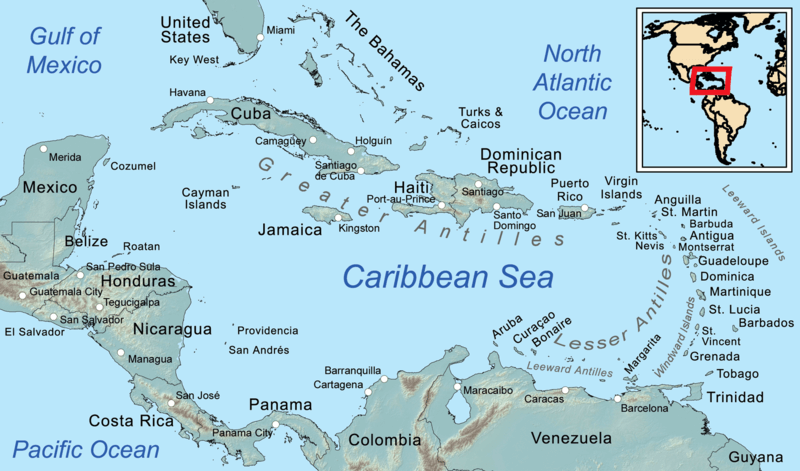
Map depicting the regions of the Caribbean.
